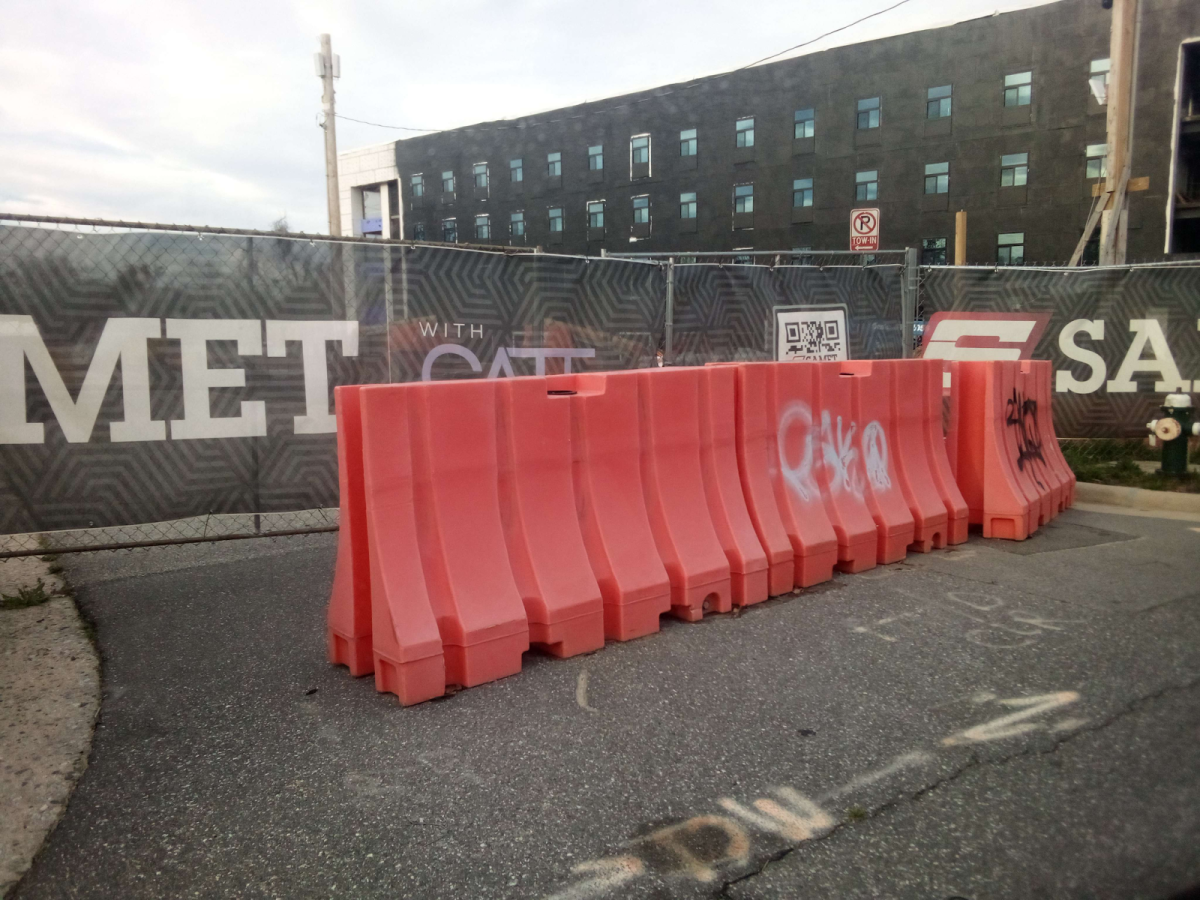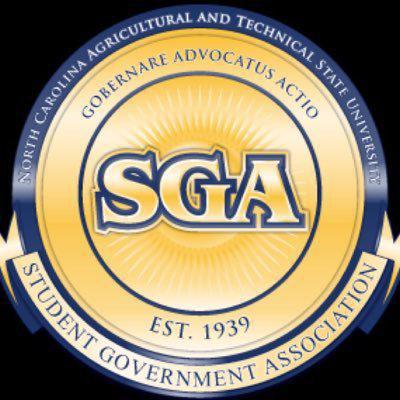It has now been 10 years since the infamous Sept. 11 terror attacks in the United States. During this decade of healing and progression several changes have been made with an effort to combat any potential attacks. Aviation security has notably seen the brunt of these changes.
“A lot of steps have been taken to minimize the risk of a successful attack,” said Jonathan Allen, spokesman for the Transportation Security Administration. “Passengers will continue to see an evolving use of technology in the future.”
Since 2001, a number of new laws, procedures, and acts have been created to ensure the safety of passengers on aircrafts. This has been made possible mainly with the passing of the Aviation and Transportation Security Act.
In November 2001, this act was signed into law to enable the federal government responsibility for airport screening. With this, the Transportation Security Administration or TSA was created to oversee security in all modes of travel.
“Sometimes I think it takes a lot of time,” said Timya Ragin, senior psychology major from Durham, N.C. about the new safety steps in airports nationwide. “But after 9/11 it is needed. Whatever you need to do to make sure everyone is safe, I’m okay with it.”
Prior to Sept. 11, anyone could move freely about an airport. Everyone was subjected to metal detectors, and other screenings, and anyone could access arrival and departure gates whether they had a ticket or not.
Post Sept. 11, only ticketed customers are able to access arrival and departure gates. Travelers must now go through a more thorough screening process that includes X-ray machines as well as a limit on carry-on luggage items.
“They are needed, to prevent any attacks on American soil,” said Alexander Gaines, a graduate information technology major from Colerain, N.C. ” I don’t mind the extra steps because I don’t carry too much stuff.”
According to officials at the TSA, these new measures help diffuse any potential threat to passengers on aircrafts.
Throughout the United States there are 43,000 trained and certified Transportation Security Officers stationed at over 450 airports across the country. These officers screen over two million passengers daily.
With this act, not only has it changed the process of airports, it has also changed the technology behind the screenings.
In December 2010, the TSA deployed about 500 Advanced Imaging Technology or AIT units to airports nationwide. These devices provide the technology to screen passengers for metallic and non-metallic threats including weapons, explosives and other objected concealed under layers of clothing without physical contact.
Three weeks ago Michael Griffin had a seemingly horrible experience traveling from San Francisco to North Carolina.
This senior, economics major from High Point, N.C. had to fly from San Francisco to New York City, New York City to Washington D.C. before finally flying to North Carolina. While traveling he did not have a valid identification card, and had to go through several hoops at each security checkpoint.
“There was so much that happened,” said Griffin. “They asked me about my background, and were really over the top each time he went to a checkpoint.”
In addition to the questioning, Griffin had to stand in a box for x-rays as well as have his hand scanned to see if he had any encounters will chemicals. Despite all the extra hurdles he had to endure, Griffin says he was happy to do it.
“I rather them be overprotective than being passive,” he said. “There needs to be some type of extra precautions to make sure there isn’t anything to jeopardize our nation.”
- Kelcie C. McCrae Editor-in-Cheif






